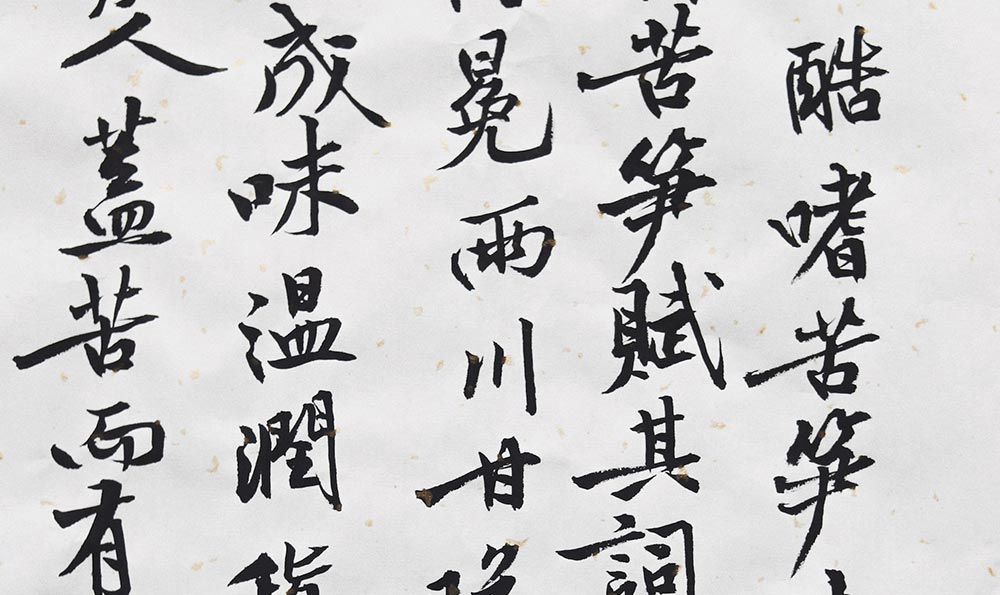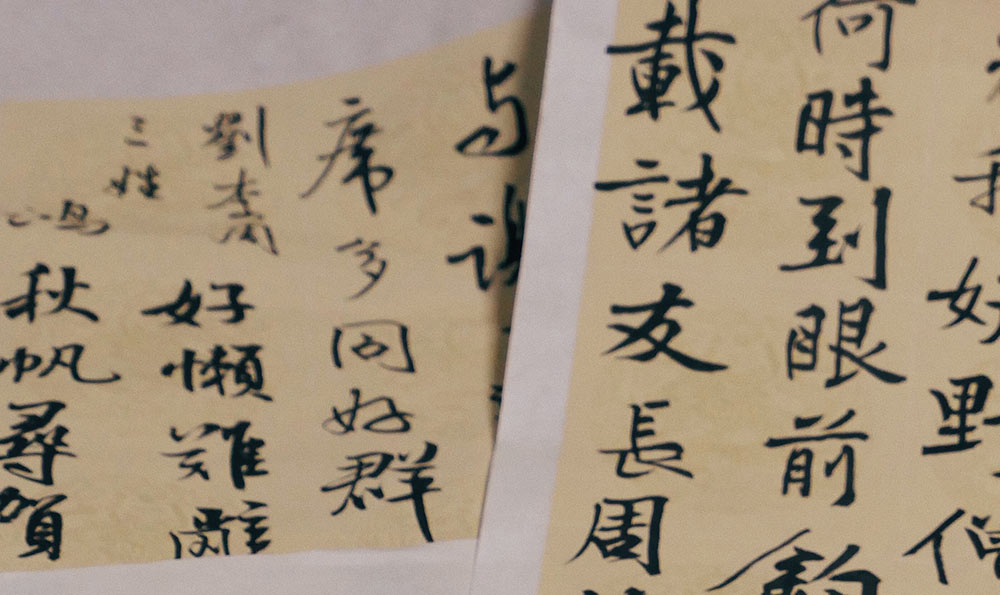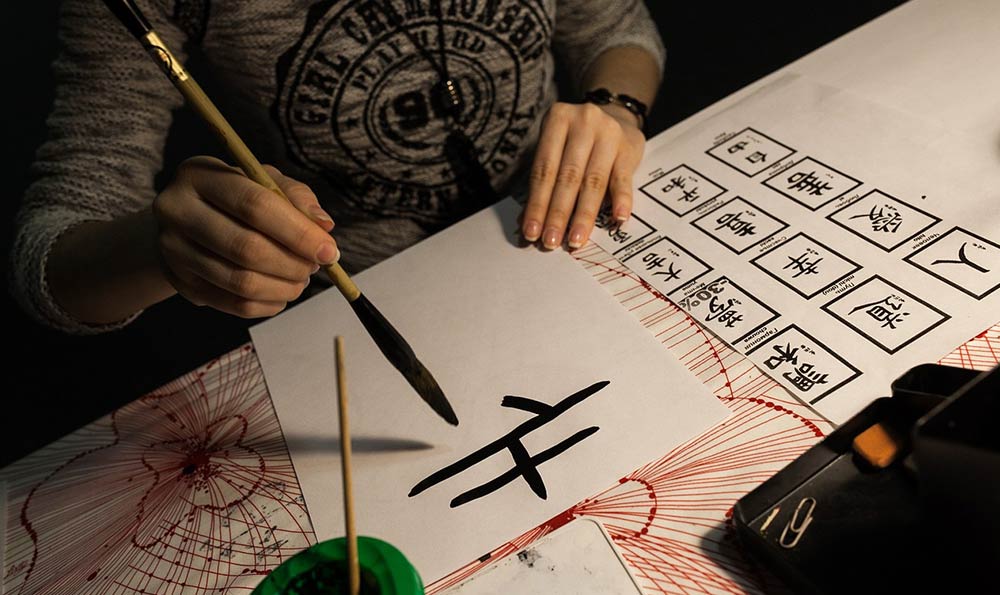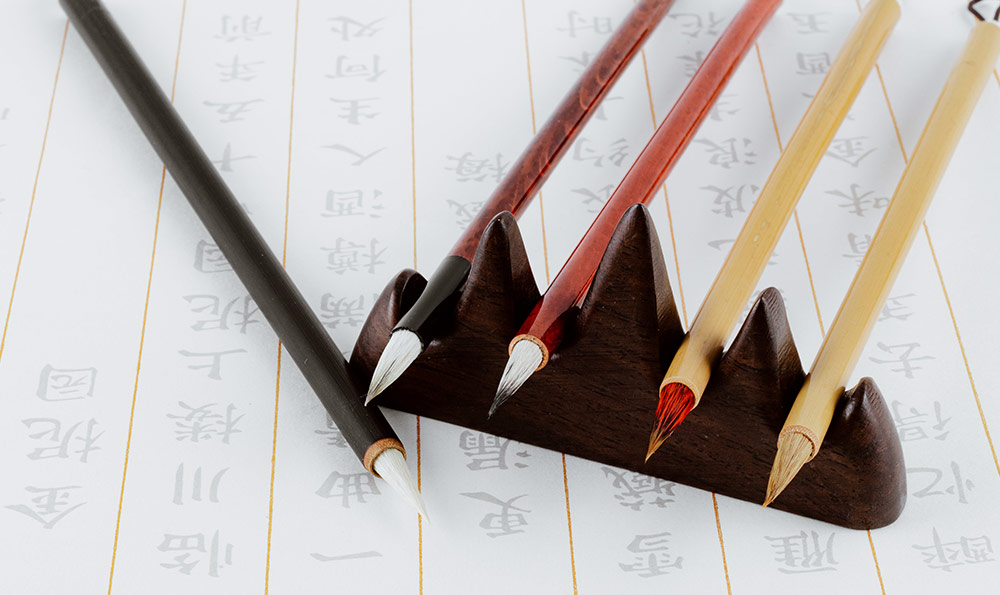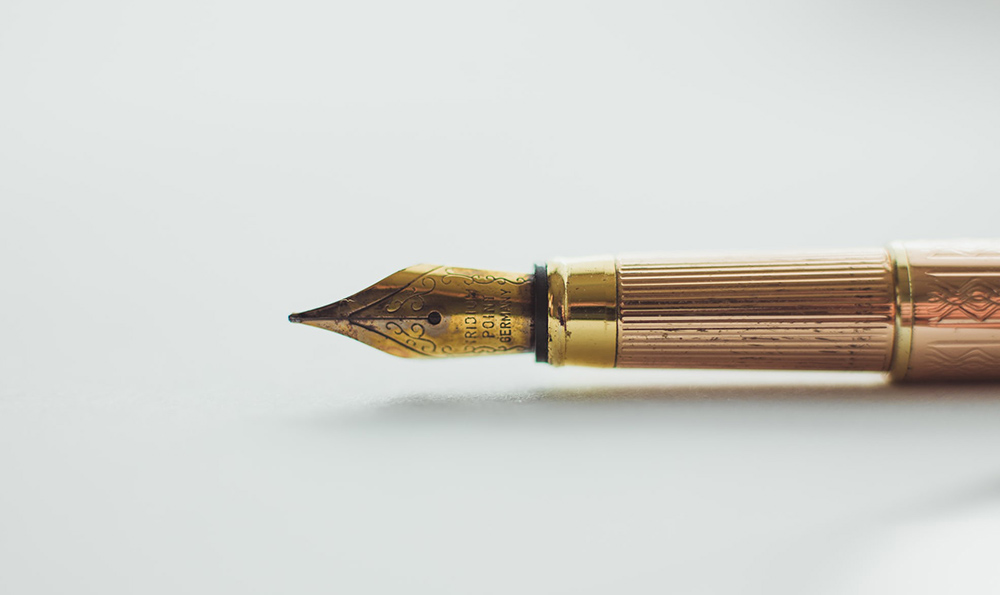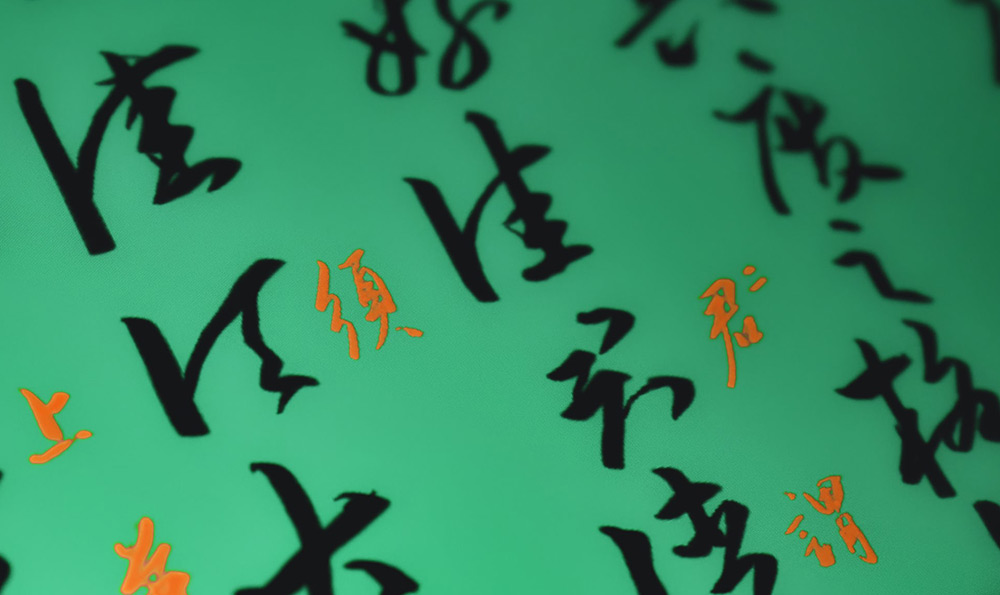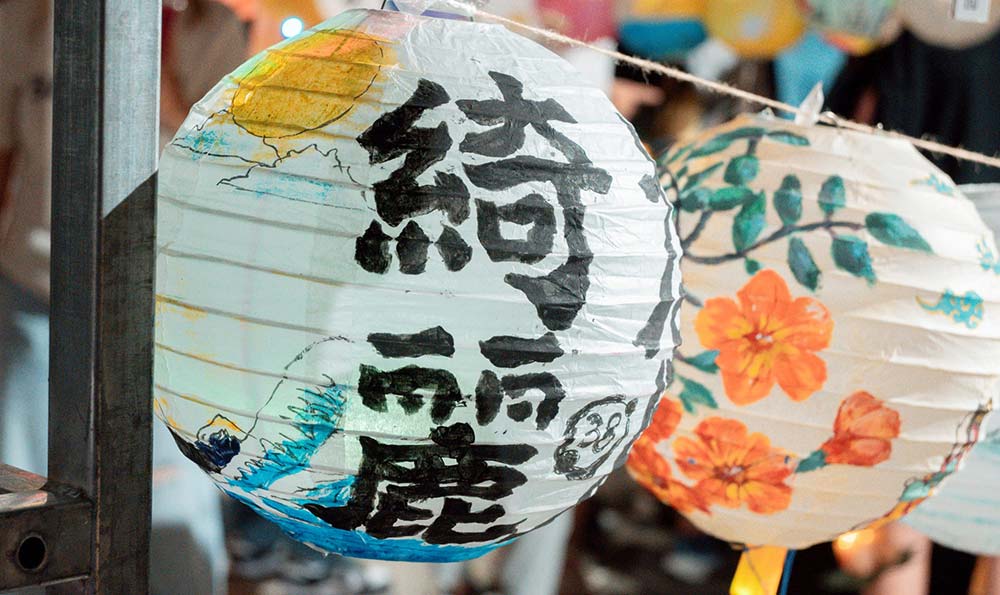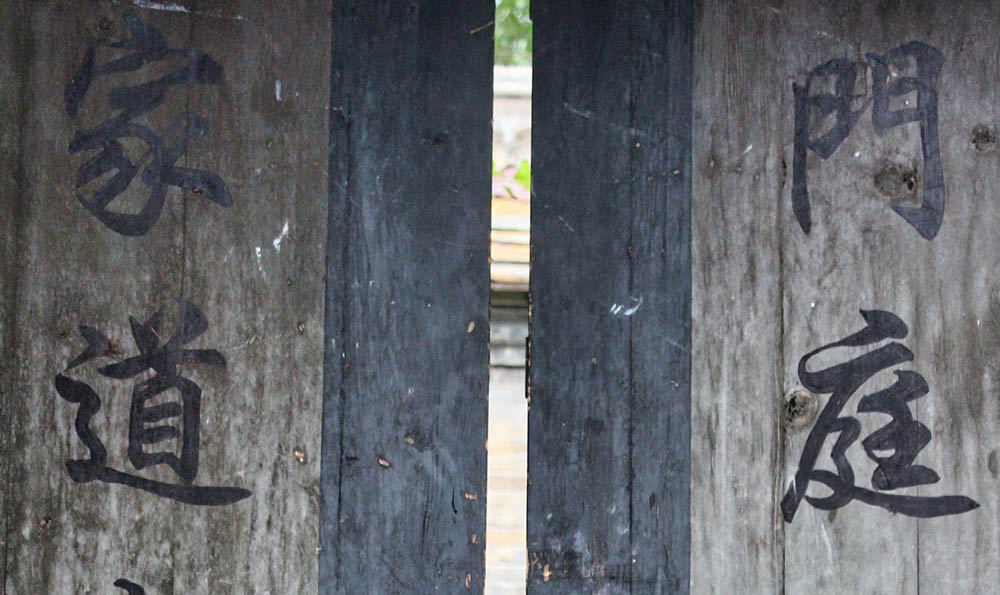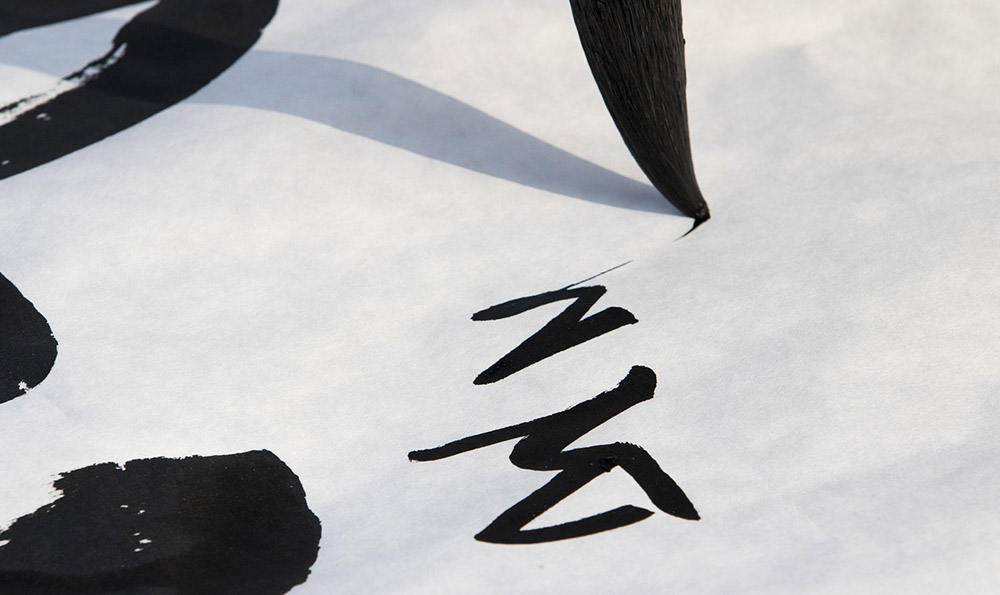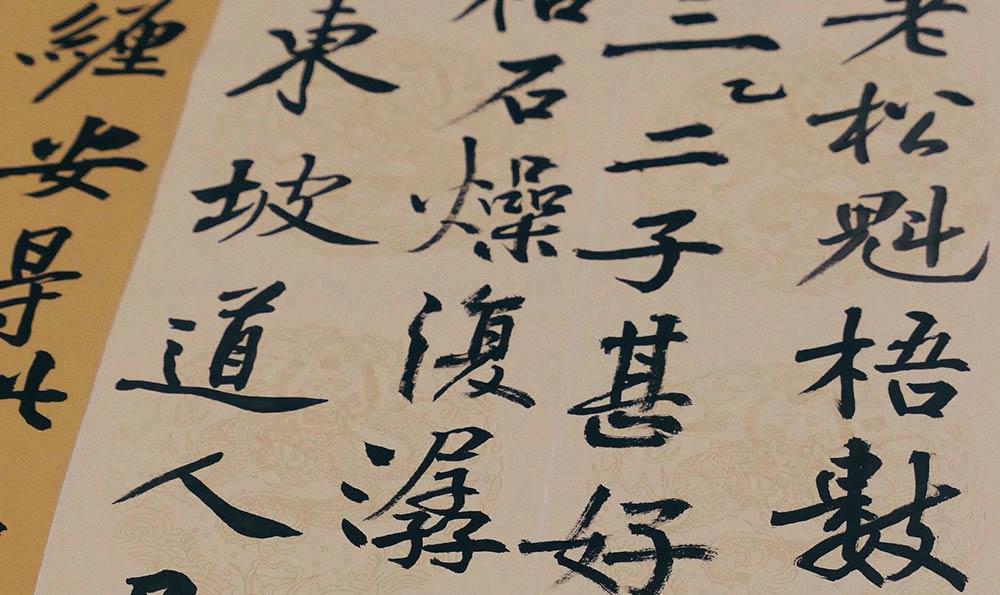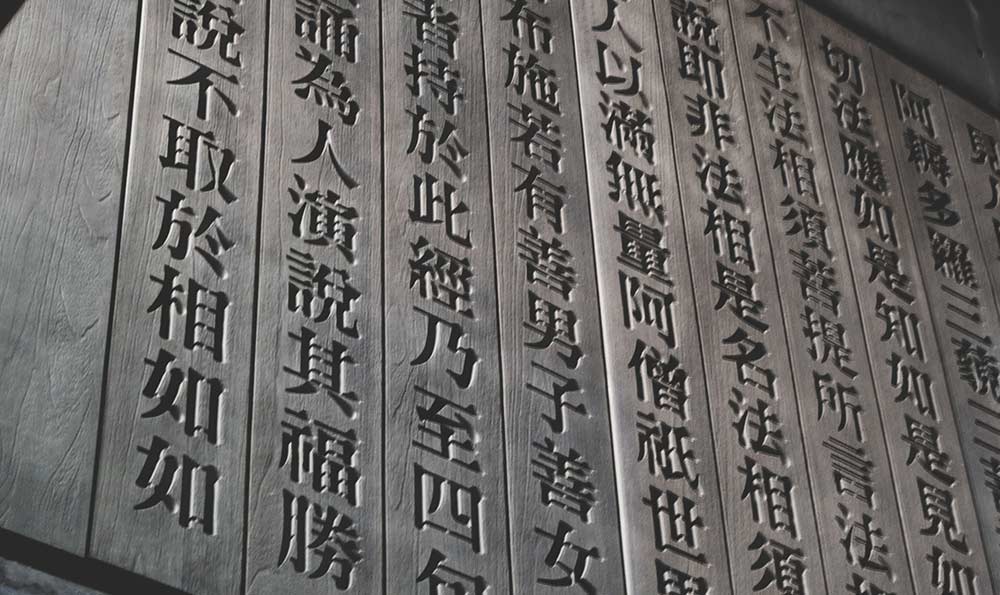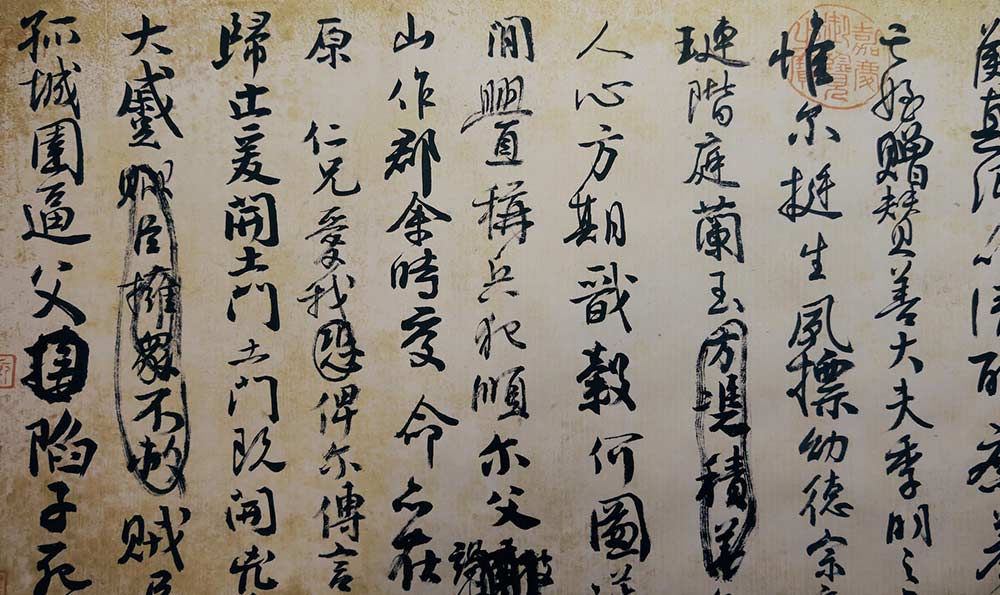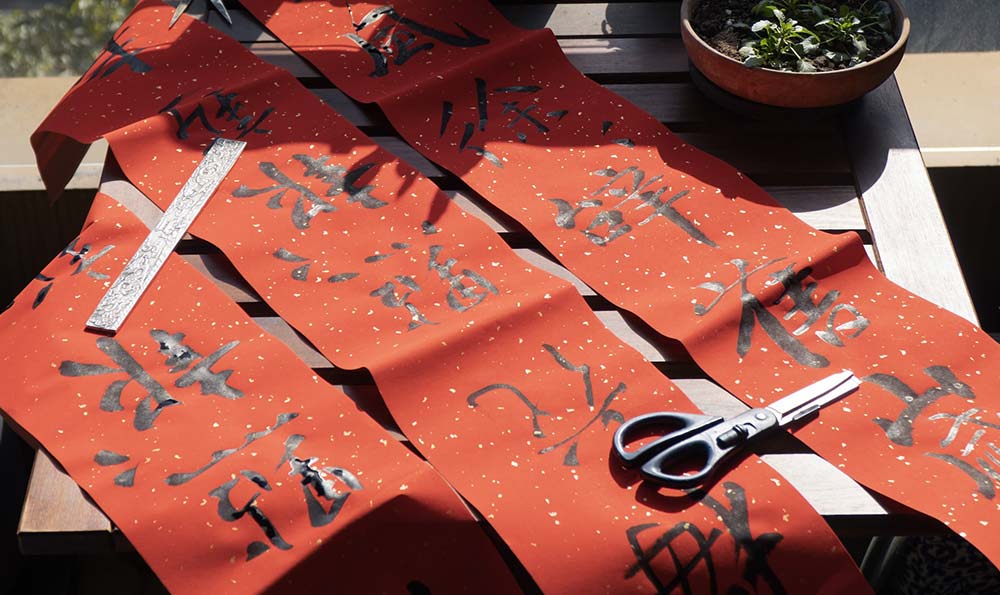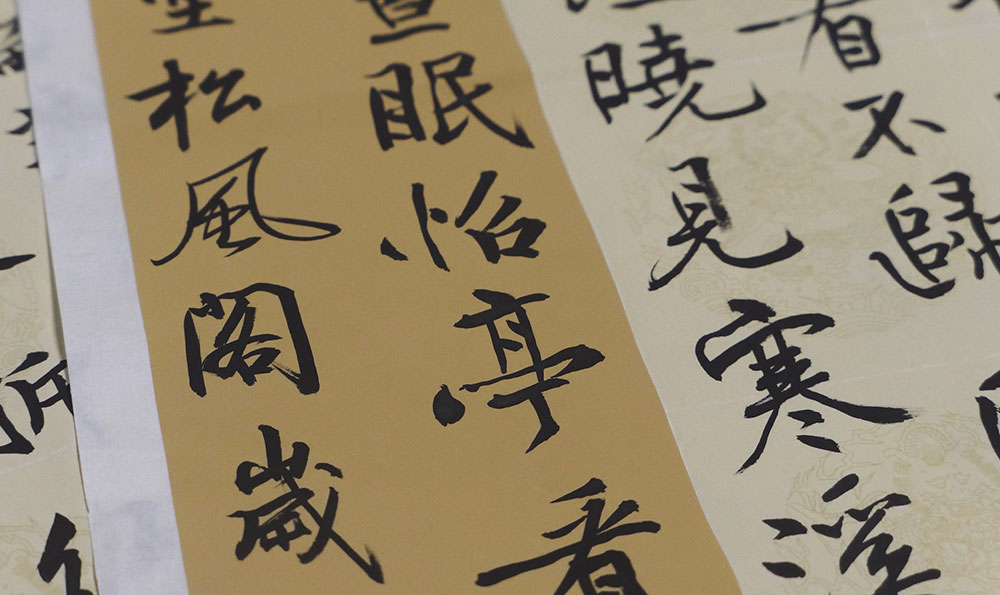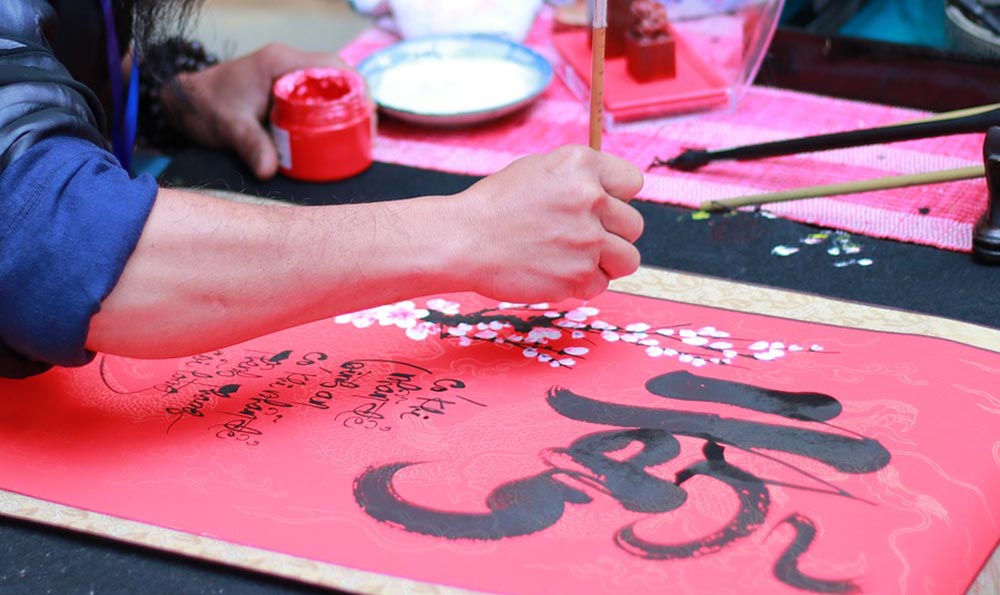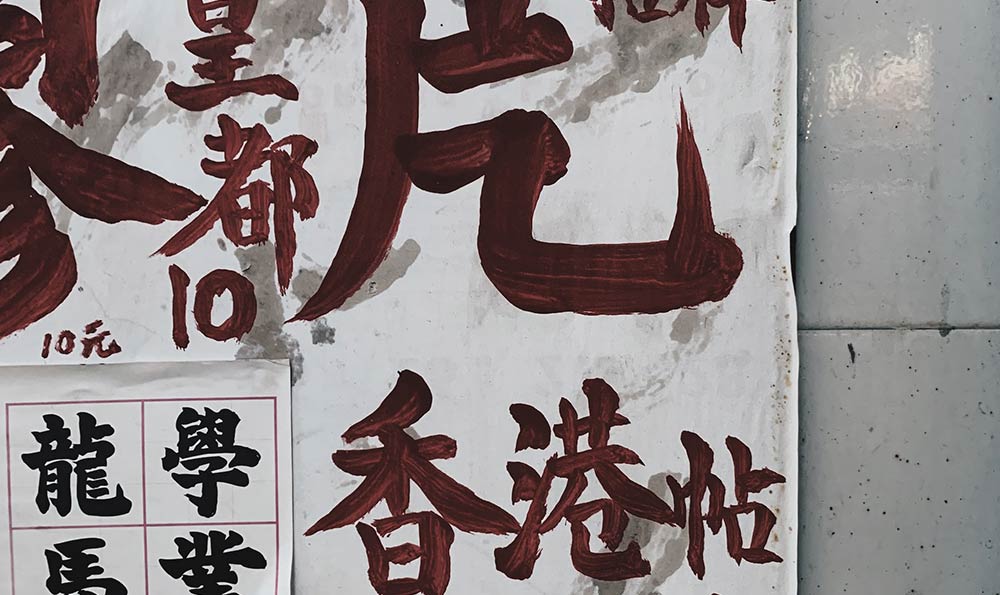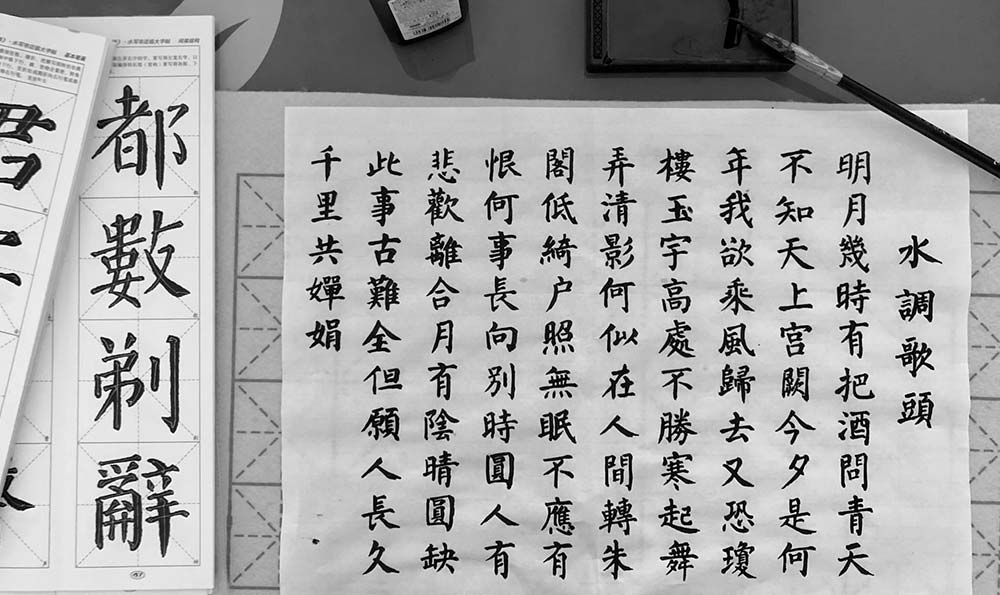
药师佛像工笔画,是中国传统的一种绘画形式,具有悠久而丰富的历史。据考古学家的研究,药师佛像工笔画的起源可以追溯到唐朝时期,当时的绘画师以药师佛为题材进行绘制,为药师佛赋予了神圣的形象与生动的表情。随着时间的推移,药师佛像工笔画逐渐发展成为一种独特的艺术表达方式,受到了众多艺术家和收藏家的喜爱。
**二、药师佛像工笔画的特点与技法**
药师佛像工笔画以其细致严谨的特点而闻名于世。在创作过程中,艺术家们通常会使用细腻的毛笔和丰富的颜料,力求精确地描绘药师佛的形象。他们注重绘画的细节与层次感,通过反复修正和润色来完善作品的质量。药师佛像工笔画的技法要求高超,需要艺术家具备扎实的绘画功底和细腻的表现能力。
**三、药师佛像工笔画的艺术价值和意义**
药师佛像工笔画在艺术上具有重要的地位,它不仅展现了艺术家的才华与创造力,也传递了佛教文化的精髓与智慧。药师佛作为佛教中的圣像,代表着智慧和慈悲,通过工笔画的表现,艺术家们将药师佛形象化,使观者能够深入理解佛教的核心思想,并从中获得心灵的慰藉和启迪。
**四、药师佛像工笔画的市场前景**
随着人们对文化艺术的关注度不断提高,药师佛像工笔画的市场前景也越来越广阔。越来越多的人开始认识和欣赏这种独特的艺术形式,收藏和投资药师佛像工笔画已成为一种风尚。据相关数据显示,近年来药师佛像工笔画的市场价格持续上涨,成为艺术品投资领域的热门选择之一。
**五、药师佛像工笔画的未来发展趋势**
展望药师佛像工笔画有着广阔的发展空间。随着科技的进步,艺术家们可以通过数字技术和虚拟现实技术来呈现药师佛像工笔画作品,为观众带来更加真实和沉浸式的体验。药师佛像工笔画也可以与当代艺术形式相结合,创造出更具创新性和时代感的作品,为传统艺术注入新的活力和魅力。
**总结**
药师佛像工笔画作为一种具有悠久历史和独特技法的绘画形式,不仅具有艺术上的美感和价值,也传递了深厚的佛教文化内涵。随着市场的认可和技术的发展,药师佛像工笔画有着广阔的发展前景和潜力。我们期待着这一传统艺术形式在未来能够焕发出更加绚丽的光彩,为人们带来更多的艺术享受和思考。
药师佛像工笔画图片大全
药师佛像是中国传统文化中的一种宗教艺术形式,其工笔画图片呈现了药师佛的形象和故事。本文将介绍药师佛像工笔画图片的特点和意义,并通过生活化的语言和比喻来解释这些复杂的概念。
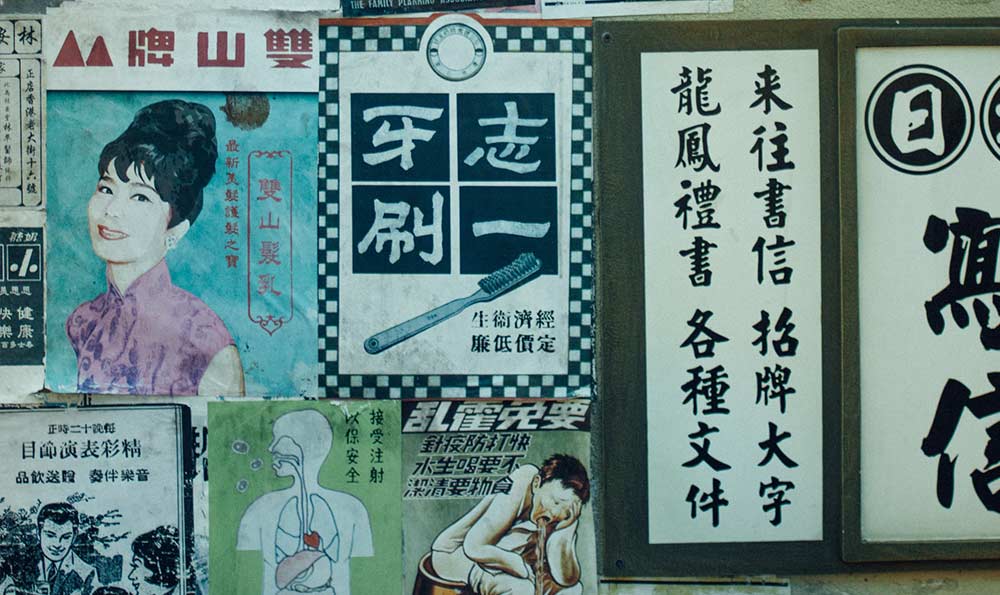
一、“药师佛像工笔画图片大全”介绍
药师佛像工笔画图片大全是指一系列以药师佛为主题的工笔画作品的集合。这些作品通过细腻的线条和色彩,生动地描绘了药师佛的形象和传说。它们被广泛应用于寺庙、佛堂以及民间信仰活动中,具有深远的宗教和艺术意义。
二、药师佛像工笔画图片的特点和意义
1. 形象逼真:药师佛像工笔画图片通过精细的线条和色彩,将药师佛的形象栩栩如生地呈现在我们面前。这些细腻的线条和色彩不仅传达了艺术家的造诣,也展现了药师佛的慈悲和智慧。
2. 寓意深远:药师佛是佛教中慈悲菩萨的化身,具有医药智慧和救度众生的能力。药师佛像工笔画图片通过细腻的绘画技巧,传达了救度众生、消除病痛的寓意,激发人们对健康和幸福的向往。
3. 佛教信仰的象征:药师佛是佛教中的重要形象和信仰对象,药师佛像工笔画图片将佛教教义和宗教信仰融入其中。这些图片在佛教寺庙和信仰活动中被广泛使用,既展示了佛教文化的魅力,也传递了佛教的智慧和教诲。
三、药师佛像工笔画图片的应用领域
1. 宗教仪式:药师佛像工笔画图片在佛教寺庙和信仰活动中被用作供养和供奉的对象。当信徒们前来礼拜时,这些工笔画图片会给他们带来心灵的慰藉和信仰的力量。
2. 艺术欣赏:药师佛像工笔画图片以其独特的艺术风格和形象魅力,成为艺术爱好者们欣赏和收藏的对象。这些图片不仅展示了中国传统绘画的精妙技艺,也传承了中华文化的精髓。
3. 文化传承:药师佛像工笔画图片作为中国传统文化的重要组成部分,承载着丰富的历史和文化内涵。通过它们,我们可以了解到中国传统宗教信仰和绘画艺术的发展历程,促进文化传统的传承和弘扬。
药师佛像工笔画图片大全是一种具有深远意义的艺术形式,它通过形象逼真和寓意深远的绘画技巧,展现了药师佛的形象和故事。这些图片在宗教仪式、艺术欣赏和文化传承中发挥着重要的作用。无论是作为信仰对象还是艺术品,药师佛像工笔画图片都能给人们带来心灵的慰藉和文化的滋养。
药师佛像图片大全
药师佛像是佛教中一种常见的佛像,以药师佛为形象,具有特殊的意义和象征。在佛教寺庙和信仰者家中,药师佛像被广泛供奉,被认为能保佑众生消除病痛,获得健康和康福。本文将以客观、专业、清晰和系统的方式,通过定义、分类、举例和比较等方法,对药师佛像图片进行详细阐述。

药师佛像图片大全是指收集和展示各种不同风格、形态和材质的药师佛像的图集。这些佛像表现了药师佛的不同造型和特征,展示了佛教艺术的多样性。药师佛,又称为药师琉璃光如来,是佛教中具有药师特征的佛陀形象,被广泛崇拜和信仰。下面将通过定义、分类、举例和比较等方式,来介绍药师佛像图片大全的相关知识。
1. 定义
药师佛像图片大全是一种图集,以药师佛为形象,收集了各种形态和风格的药师佛像。这些佛像可以是彩绘、石雕、铜像等不同材质和工艺制作的,展示了药师佛的不同面貌和特点。这些图片既是佛教艺术的珍品,也是信仰者供奉和礼佛的对象。
2. 分类
药师佛像图片大全可以根据佛像的形态、材质和特点进行分类。按照形态来说,可以分为坐像、立像、卧像等不同姿势的佛像。按照材质来说,可以分为彩绘佛像、石雕佛像、铜像、木雕佛像等不同材料制作的佛像。按照特点来说,可以分为药师佛头戴药师佛冠、手持药瓶的佛像,以及药师佛身上刻有药师佛经文的佛像等。
3. 举例
药师佛像图片大全中,可以看到很多不同形态和风格的药师佛像。有坐像的药师佛像,这种佛像通常以药师佛手持药瓶坐于莲花座上的形象为主,展现出庄严和慈悲的气质。还有立像的药师佛像,这种佛像多以药师佛手持药瓶直立于莲花座上的形象为主,展现出威严和智慧的特点。
4. 比较
药师佛像图片大全中的不同佛像之间存在一些相似和不同之处。不同材质制作的佛像,在色彩、细节和触感上会有差异。彩绘佛像通常色彩斑斓、绚丽多彩,石雕佛像具有质朴和稳重的特点,铜像则光泽亮丽、华丽精致。不同形态的佛像也有各自的特点,坐像佛像展示出的是平静和定力,而立像佛像则强调威严和力量。
药师佛像图片大全作为一种展示药师佛形象和佛教艺术多样性的图集,具有丰富的内容和独特的魅力。通过对定义、分类、举例和比较等方法的运用,我们对药师佛像图片的相关知识有了更深入的了解。这些药师佛像不仅是信仰者供奉和礼佛的对象,也是佛教艺术的重要研究对象,通过欣赏和研究这些图片,我们可以更好地理解佛教的文化和精神内涵。
【参考译文】
The Complete Collection of Medicine Buddha Statues is a collection and exhibition of various styles, forms, and materials of Medicine Buddha statues. These statues depict the different appearances and characteristics of Medicine Buddha, showcasing the diversity of Buddhist art. Medicine Buddha, also known as the Healing Master of Lapis Lazuli Light Tathagata, is widely worshipped and revered in Buddhism. In the following, we will elaborate on the knowledge related to the Complete Collection of Medicine Buddha Statues using objective, professional, clear, and systematic methods such as definition, classification, examples, and comparison.
【Introduction】
The Complete Collection of Medicine Buddha Statues refers to a compilation of images that depict various forms, styles, and materials of Medicine Buddha. These statues can be painted, sculpted from stone, made of bronze, and so on, showcasing different appearances and characteristics of Medicine Buddha. These images are both treasures of Buddhist art and objects of worship and reverence for believers.
【Body】
1. Definition
The Complete Collection of Medicine Buddha Statues is a collection of images centered around Medicine Buddha, showcasing various forms and styles of Medicine Buddha statues. These statues can be made of different materials such as color paintings, stone carvings, bronze statues, etc., presenting different facial expressions and features of Medicine Buddha. These images are not only precious artifacts of Buddhist art but also objects of worship and reverence for believers.
2. Classification
The Complete Collection of Medicine Buddha Statues can be classified based on the form, material, and features of the statues. In terms of form, they can be categorized as seated, standing, reclining, and other postures of Buddha statues. In terms of material, they can be classified as color-painted statues, stone-carved statues, bronze statues, wooden carvings, and statues made from other materials. In terms of features, they can be divided into Medicine Buddha statues with crowns, holding medicine bottles in their hands, and statues with Medicine Buddha scriptures engraved on their bodies.
3. Examples
The Complete Collection of Medicine Buddha Statues features various forms and styles of Medicine Buddha statues. For example, there are sitting Medicine Buddha statues, which commonly depict Medicine Buddha seated on a lotus throne while holding a medicine bottle, showcasing a solemn and compassionate aura. Additionally, there are standing Medicine Buddha statues, where Medicine Buddha is depicted standing on a lotus throne while holding a medicine bottle, emphasizing dignity and wisdom.
4. Comparison
There are similarities and differences among the various Buddha statues in the Complete Collection of Medicine Buddha Statues. For instance, statues made of different materials exhibit differences in color, details, and texture. Color-painted statues often feature vibrant and colorful colors, stone-carved statues have a rustic and steady appearance, while bronze statues are glossy and exquisitely crafted. Moreover, statues with different postures also have their own characteristics, with seated statues conveying calmness and concentration, and standing statues emphasizing dignity and strength.
【Conclusion】
The Complete Collection of Medicine Buddha Statues serves as an illustration of Medicine Buddha images and the diversity of Buddhist art. By employing methods such as definition, classification, examples, and comparison, we have gained deeper insights into the related knowledge of Medicine Buddha statues. These Medicine Buddha images are not only objects of worship and reverence for believers but also important research subjects in Buddhist art. Appreciating and studying these images allow us to better understand the culture and spiritual significance of Buddhism.


